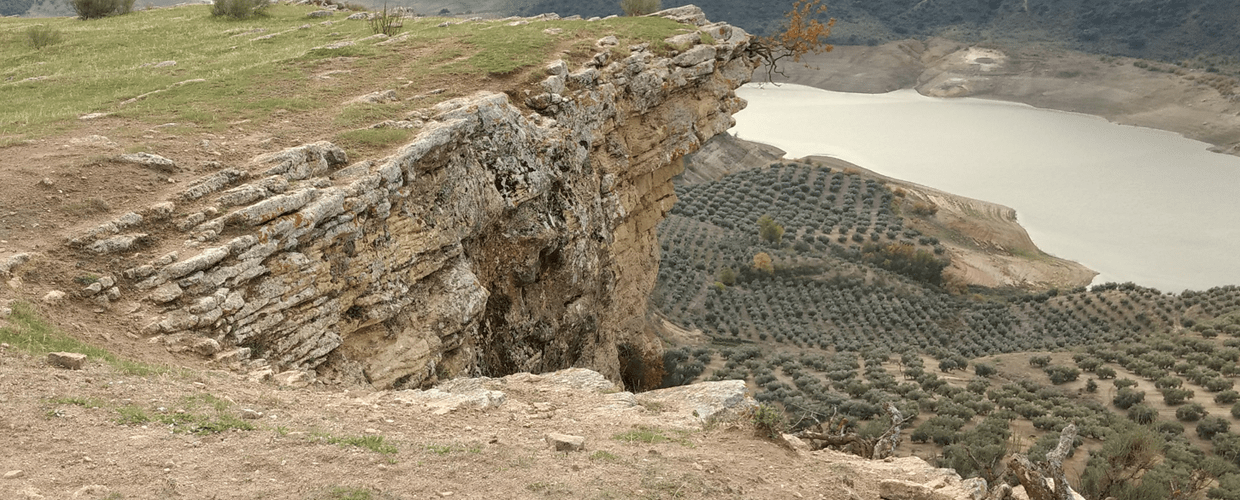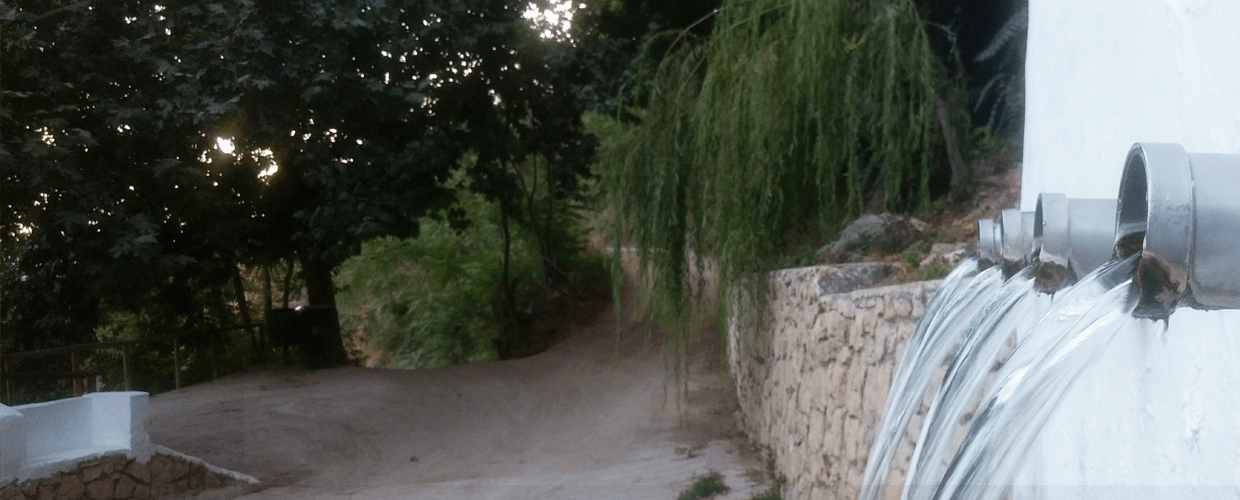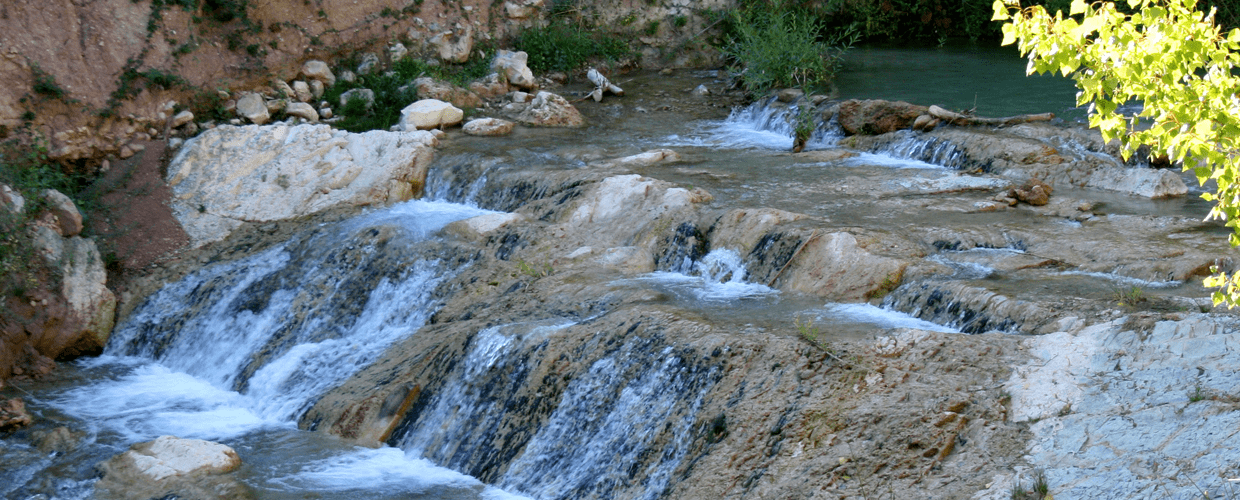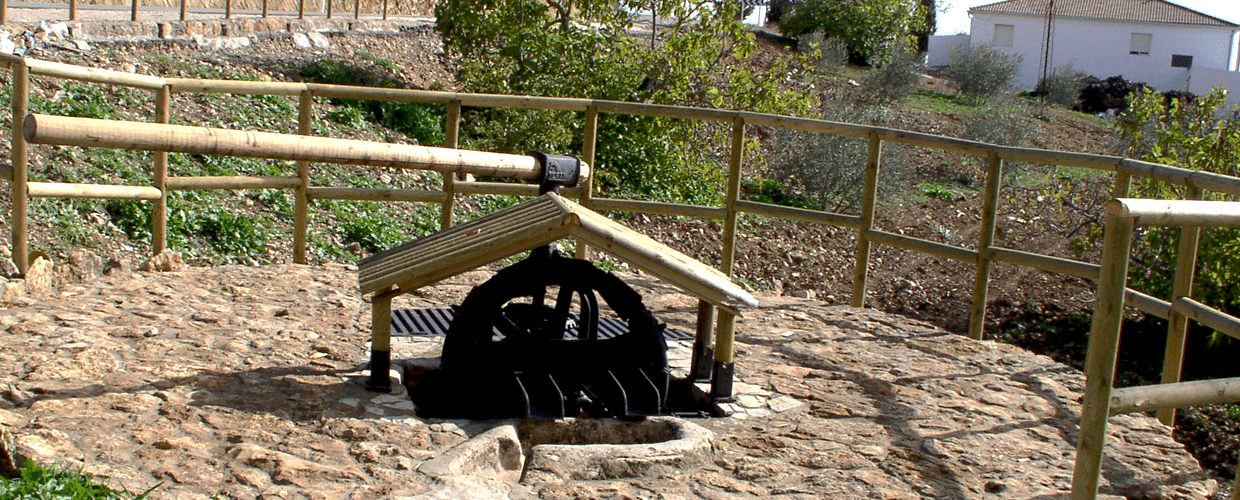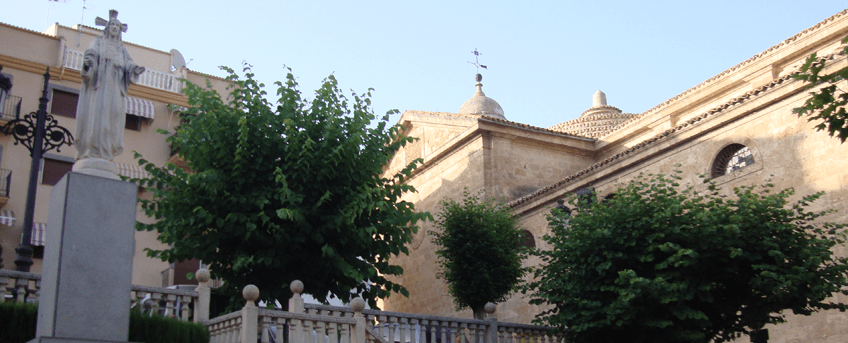Molino Los Justos is Fuentes de Cesna, village in the municipality of Algarinejo, and is far from the 18.3 Km approximately, where to spend a day walking through the streets.
It is an ancient village in the heart of Andalusia; witness the passage of various villages by the history and people of border. The town includes several emblematic areas spread throughout the town and important cultural, historical attractions. We highlight some of the places that we highlight, framed to historical times.
Santa María la Mayor Church and the chapel of Santo Cristo, we have as witnesses to the Christian faith. The Chapel built in the year 1730 on top of a hill of olive trees. This place was the last stop of a "Via Crucis" splitting of the parish church. A picture of the very revered Holy Sepulchre among residents of Algarinejo is kept in its interior.
The Church of Santa Maria la Mayor is the most important monument of the village. It was built in 1779, in pure neoclassical style by the architect Ventura Rodríguez and funded by the Marquis of Algarinejo V. The building stands on the site of an early Church. Famed architect projected a church of great size, erected by the austerity and scrupulous geometry. It is of a Latin cross, with a large dome on the cruise ship made of brick, and consists of three naves. The central nave is the most important, for its height and its width and is separated from the aisles by pillars and arches. The altar is by plant square, covered with barrel vault and topped by a triumphal arch.
Algarinejo is one of the municipalities where more has endured the imprint of the Arabic name, which persists in the Nasrid configuration of the town. Its irregular morphology, discontinuous adapted to field terraces, is direct heir of this era. Much of the urban fabric and outstanding dead-ends, community playgrounds or vacant lots or tinaos remains. The remains of a medieval tower that was part of the wall of Algarinejo in this time. In addition to the entire neighborhood (street quarry, Callejón de cave, Matutes Street, Corralón de las Angustias, impounded the Espigurra and Corralón de Matute), where the houses have caves in the lower floor or store food.


